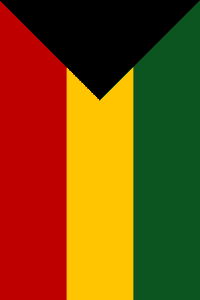 The red, green, and black Pan-African flag is the symbol of a movement for Black freedom and unity throughout the world.
The red, green, and black Pan-African flag is the symbol of a movement for Black freedom and unity throughout the world.
As noted on South African History Online, “Pan-Africanist ideas first began to circulate in the mid-19th century in the United States, led by Africans from the Western Hemisphere. The most important early Pan-Africanists were Martin Delany and Alexander Crummel, both African Americans, and Edward Blyden, a West Indian. Among the more-important Pan-Africanist thinkers of the first decades of the 20th century was Jamaican-born Black Nationalist Marcus Garvey, followed by W. E. B. Du Bois.” There was also a call for Pan African unity during the Civil Rights Movement, with activists participating in the 6th Pan African Congress in 1974.
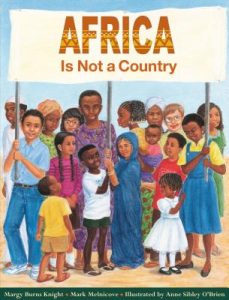 Learning about the Pan-African movement is a good opportunity to challenge many stereotypes about Africa, as described in “I Didn’t Know There Were Cities in Africa! Challenging children’s — and adults’ — misperceptions about the African continent” by Brenda Randolph in Teaching Tolerance and “Beyond Wildlife: Teaching about Africa and Stereotypes.”
Learning about the Pan-African movement is a good opportunity to challenge many stereotypes about Africa, as described in “I Didn’t Know There Were Cities in Africa! Challenging children’s — and adults’ — misperceptions about the African continent” by Brenda Randolph in Teaching Tolerance and “Beyond Wildlife: Teaching about Africa and Stereotypes.”

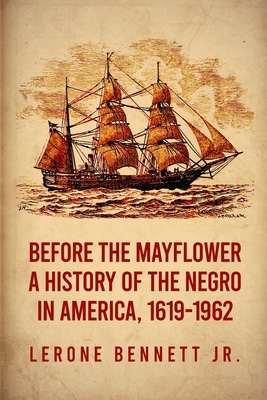

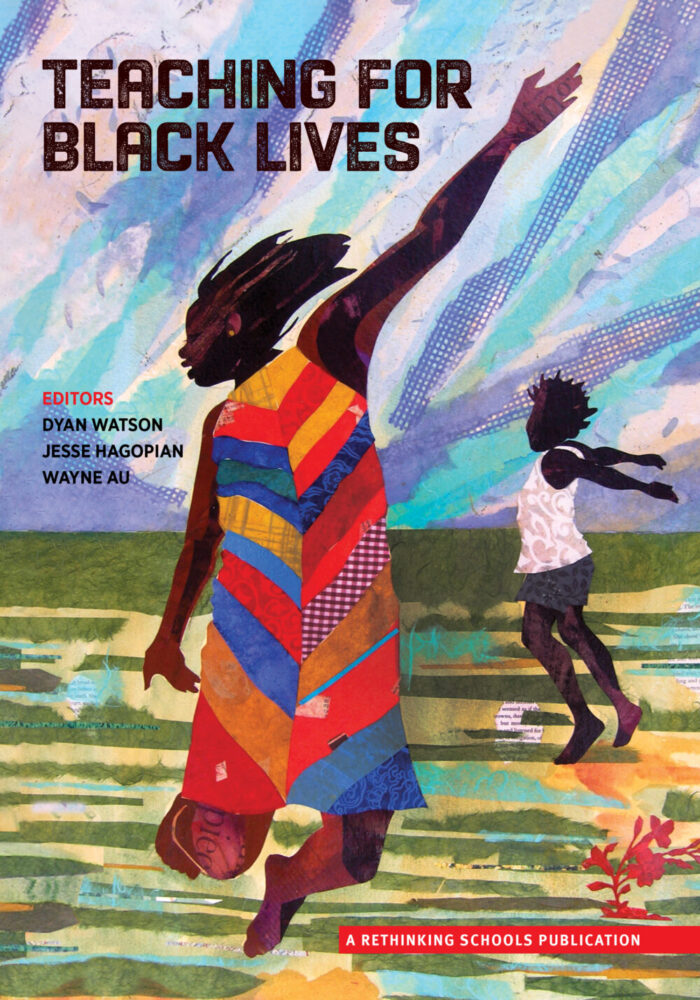
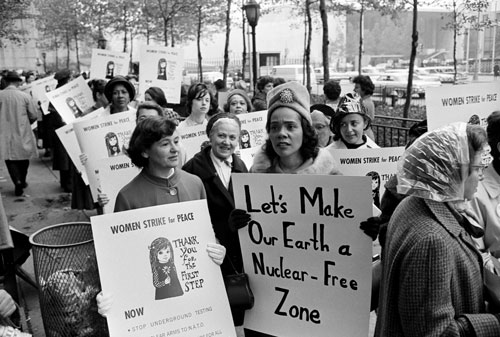
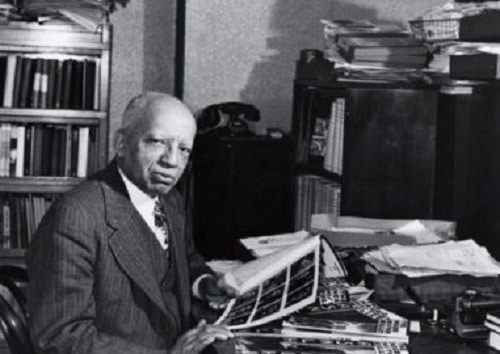
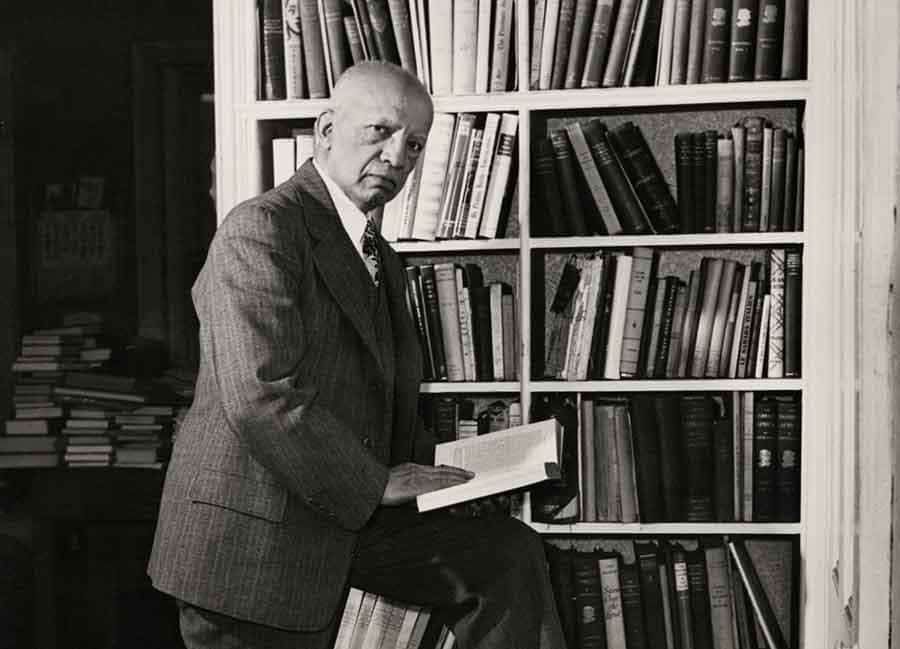






Twitter
Google plus
LinkedIn